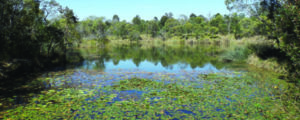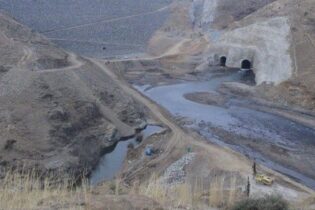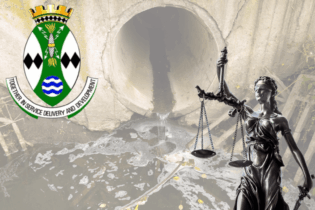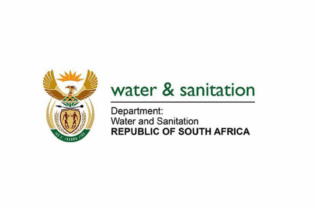 At the recent Water Institute of Southern Africa Management and Institutional (M&I) Division Symposium at Emperors Palace, industry leaders gathered to discuss industry responses to the drought, such as funding and future planning solutions.
At the recent Water Institute of Southern Africa Management and Institutional (M&I) Division Symposium at Emperors Palace, industry leaders gathered to discuss industry responses to the drought, such as funding and future planning solutions.
Drought update
Early in the programme, Dr Magda Lighthelm, director: Strategy, DWS, presented her division’s latest updates regarding the country’s current drought. She noted that low rainfall levels have been slowly spreading across the country since about April 2014. Then, in March last year, “an El Niño event was declared globally. The drought has, however, started to dissipate since late December 2015/early January 2016,” explained Lighthelm. She added, “Associated with the drought, dam levels started a general steady downward trend since March 2014 (from a level of 93.3%) and have been hovering below 55% since mid-February this year. It is expected that the average dam levels will decrease by a further 10% (approximately) before starting to recover with the onset of the rainy season.” In her presentation, Lighthelm characterised the current situations as “devastating”, with states of disaster being declared in eight out of nine provinces, while a drought declaration is in its final stages for Gauteng. Earlier at the symposium, in the keynote address, Maxwell Sirenya, a former director general at the DWS and current acting CEO for the Tsitsikama (Mzimvubu) Catchment Management Authority, spoke on the department’s mitigation steps taken in the current environment characterised by climate change and resulting extreme weather. “The range of measures we have taken include planning international treaties and agreements with our neighbouring countries, development of big, new water resources and inter-basin transfers, and promotion of water conservation and demand management (WC/WDM) programmes for water-use efficiency interventions. In addition, the DWS is improving skills and capacity within the sector through learning academies and accredited training centres, and is also looking at legislative reviews.”Future forward
An extremely thought-provoking presentation was delivered by WISA board member Prof David Taylor, who spoke on the importance of the industry communicating effectively so that industry members can learn more about the law and effectively implement new methods and technologies. “The dominant ways of perceiving water, technology and law shape how many people in the water sector think about water issues. I want to ask: when is this thinking on course? When does it meander and when does it become fossilised like a paleochannel? A rapidly changing water sector requires a different approach to law, water and technology,” he pointed out.During the course of the presentation, Taylor explained his usage of several terms including: billabong, meander and paleochannel. A billabong refers to a loop in a river that has become cut off. Taylor used this as an example of why it’s important not to become so set on following one particular course of conversation that one becomes cut off from the real issues. He also explained that a meander is a river that flows in a winding course, showing how the original Maiandros River – from which the term derives its etymology – is now in modern-day Turkey and how its course has effectively changed the coastlines of antiquity. Finally, he provided an example of a paleochannel, which is a dried-up river bed, often containing valuable minerals in the sediment. “Just because a river used to run somewhere doesn’t mean it has to continue on that course – although there may be something of value in the sediment,” explained Taylor, pointing to the fact that actively breaking out of engrained thinking does not mean throwing out valuable past lessons.
“We may be in a billabong when it comes to the adoption of general technology. We need to engage with technology in a broader sense. Predictions for newly emerging technologies, which will come to dominate the sector, include smart machines, the internet of things and smart grids. “Without explaining what each of these is in too much detail, places like the UK are now legislating to ensure household appliances like toasters don’t use too much electricity. In South Korea, they’re so far ahead that they’ve started adopting digital mesh smart grids. They’ve created laws and set aside resources to test the development of grids, which they are selling internationally to governments. That is real forward thinking,” he said. Taylor believes that making use of future-forward technologies will grow South Africa’s economy – but we have to start by breaking free of old, habitual ways of thinking and taking what’s valuable forward to effect real, cultural shifts regarding how the country thinks about water. “Are we so set on being self-referential that we’re not opening ourselves up to these possibilities?” asked Taylor.






